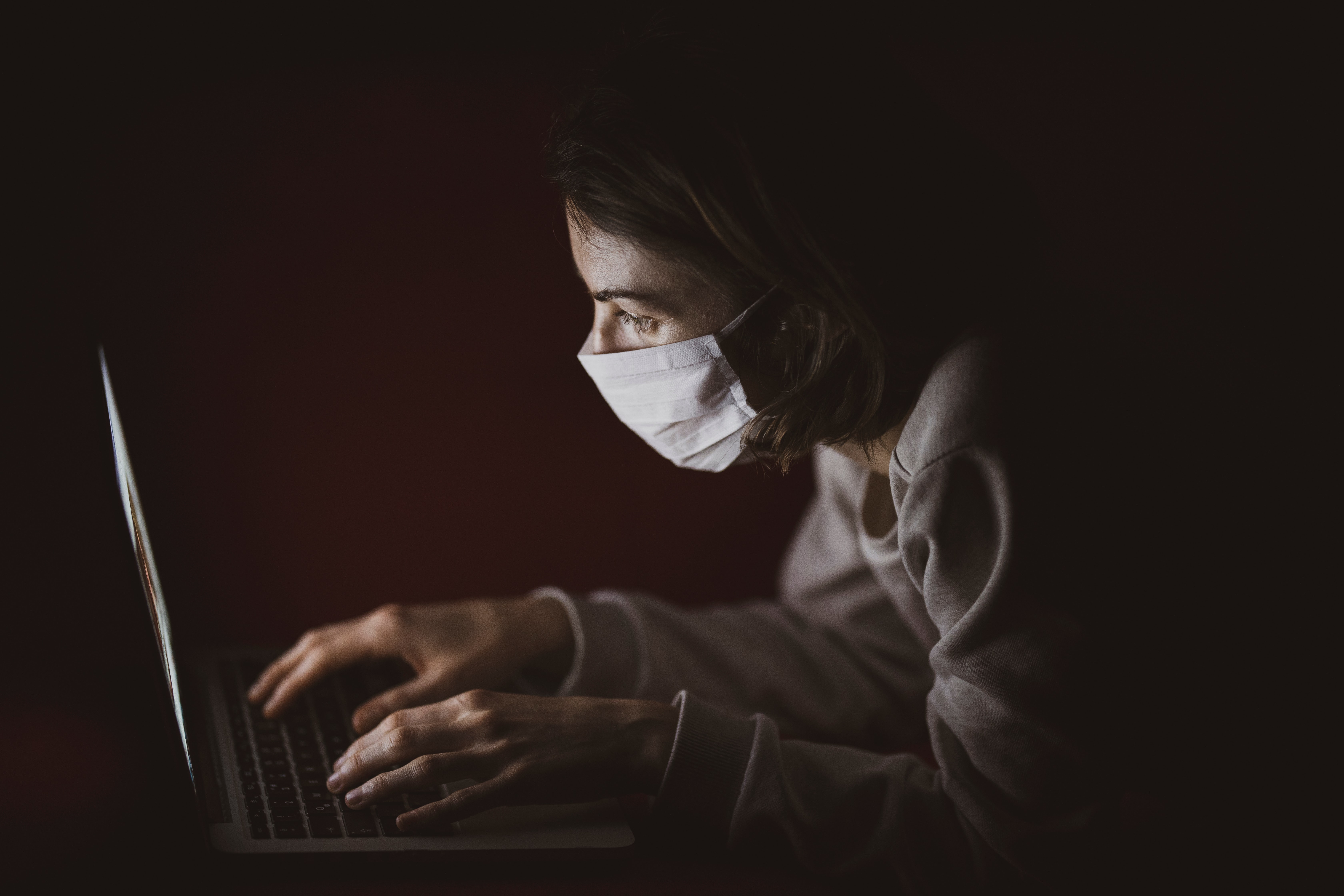The Good and the Bad

The most valuable asset of college degree is the people and camaraderie. The global pandemic outbreak affected the normal way of life, forcing college institutions to adapt online and hybrid learning. Government rules to prevent the spread of Covid 19 meant that students would not have an opportunity to interact face-to-face during learning period. With the distinctive rise of online and hybrid learning, education changed dramatically, whereby teaching was undertaken on digital platforms and remotely. The closure of educational institutions tested the institutions’ preparedness to deal with a crisis that needs advanced technology help including software and hardware to facilitate effective online learning.
After months of online education, I interviewed students and professors on the learning process that took place with no face to face education over a period of time. I interviewed two students from Georgetown University and University of Wisconsin-Madison respectively about their experiences with online learning and zoom classes. The interviews were meant to investigate the potential benefits of online education amidst the global pandemic.

In an interview, Lin Xin Yi, a second year student at Georgetown University pointed out that the institutions invested their efforts in admitting students who will be a great fit for the academic, research, and non-academic collage life. Online and hybrid learning has affected the close-knit relationships that students had formed or incoming students would have formed. During the interview, Lin Xin Yi argued that “… although we are connecting with my fellow students via zoom, the experience is not similar with the one we had when we were attending one-on-one classroom interactions.”
Lin also laments the reduction of group studies increased workload, forcing to take more initiative when it comes to her learning. Lin agrees that the self-learning responsibilities imposed by online learning improved her planning and organizational skills. Since she switched to online and hybrid learning, Lin avers that she has become a better time manager and has learned to manage multiple tasks to meet a short deadline.
I explored to determine how online and hybrid learning affected students’ way of life. In an interview with Catlin Foord, a fourth year student at the University of Wisconsin-Madison, she pointed out that online learning pushed her to innovate and reconsider her social relationships. When Covid 19 limited physical interactions and public gatherings, Caitlin Foord was very disturbed because she did not know how she would proceed with her humanities electives since most of her courses required classroom engagement and interactive academic feedback. “… I was very worried when Covid 19 hit to be honest… I thought we would not continue with our studies until the department of health and public health came up with the vaccines.”
When the school closed, home-based learning through zoom allowed the faculty to deliver classes to students at the comfort of their homes as the country struggles to prevent Covid 19 spread. Caitlin mentions that the institution build an online learning environment that promoted dialogue and exchanges. Although she professes that the online learning environment is not as effective as physical learning, she mentions that the discussion posts made online classes interesting.

More importantly, institutions have invested heavily in online learning. The interviews made me realize that the institutions became interested in different ways to deliver quality course content online, conduct evaluations and engage learners. The systems employed to provide online learning distribute, track, and manage courses over the Internet. Online learning systems involve technological advancements that design, direct and deliver the learning content and enable two-way communications between instructors and students. To facilitate communication between students and instructors, the institutions’ systems facilitated features such as discussion forums, quizzes, polls, chat rooms, and whiteboards. Along with their applications for video conferencing and Zoom, the institutions used Moodle, Edmodo, Google meet, and Microsoft Teams.
During the interview, Caitlin stressed that online education limited her social relationships and interactions. She agrees that she began to lean on family members to cope with stress. Students would interact with fellow classmates and instructors through Zoom and other video conferencing applications, however, the interactions did not have any social impact on Caitlin’s interactions and its efficacy was less effective than face-to-face learning and teaching.
Lin and Caitlin’s experiences are similar and the effects of Covid 19 affected the way learning is conducted via online channels. Covid 19 pushed students and schools to embrace online education, and the developments in online and hybrid teaching has significantly changed how education is delivered. When asked about the benefits of online education they identified, Lin and Caitlin professed that online learning encouraged self-learning, convenience, flexibility, and reduces education costs. During the interview, I asked Lin and Caitlin if they believed the changes in education brought by online learning would long-lasting. The two students mentioned that the changes will have an impact, but only on a temporary basis because online learning discriminates the deaf and hard of hearing students. Despite the few shortcomings, self-learning responsibilities brought by online education models enhanced organizational skills, time management, and resilience among some students.





